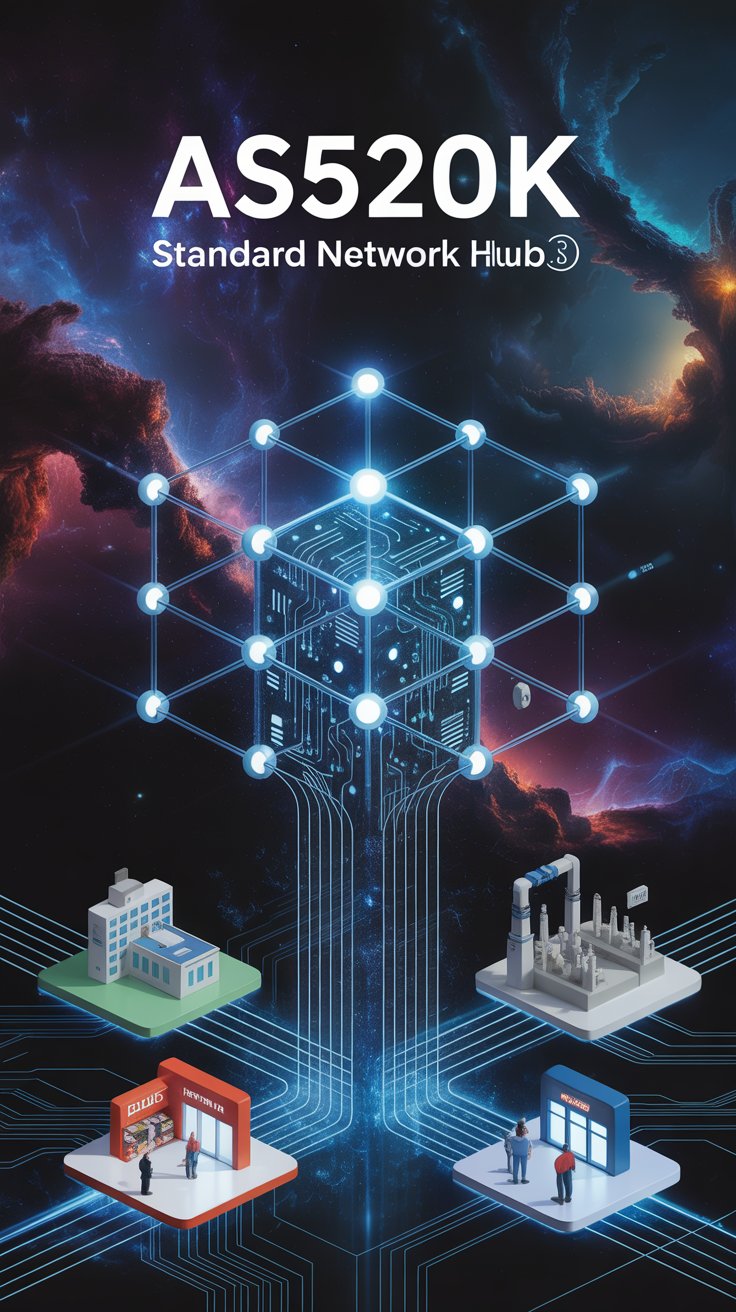Physical Address
304 North Cardinal St.
Dorchester Center, MA 02124
Physical Address
304 North Cardinal St.
Dorchester Center, MA 02124

Technology keeps moving forward, and AS5230K is one of those game-changing innovations.
It’s a next-generation standard in smart automation and data integration that connects devices and systems more smoothly than ever
In this article, we will explore:What AS5230K means,Why it matters right now?How it’s used in real life?The benefits and challenges,The future it’s shaping
AS5230K is a standard—a set of rules and protocols—that helps different machines, software, and systems talk to each other automatically and reliably. It is designed for:
It’s called “next-generation” because it’s:
In fast-moving environments—factories, hospitals, smart cities—speed matters. AS5230K supports real-time automation, meaning systems respond instantly to data.
Accurate, real-time data leads to better choices. Companies no longer wait for manual reports—they see live dashboards and instantly spot trends or issues.
By automating routine tasks and reducing human errors, AS5230K helps businesses save money over the long run.
Because it’s built to scale and support new technologies, using AS5230K means a business is ready for tomorrow’s tech advances.
AS5230K defines:
So devices—old and new—can connect without custom coding or expensive integration.
Data moves back and forth instantly. For example, machine sensors send data to central systems which track performance in real time.
If something goes wrong—a sensor reads a high temperature—the system can automatically fix the issue. No human help needed.
Add more devices or systems later. AS5230K handles the growth smoothly, without requiring big updates or full replacements.
| Benefit | Why It Matters |
|---|---|
| Efficiency | Automates routine tasks, taking data and actions in real time |
| Cost Savings | Reduces manual effort, mistakes, and equipment downtime |
| Data Accuracy | With direct automation, data is precise and reliable |
| Compatibility | Works with existing systems—no need to throw everything away |
| Scalability | Grows smoothly with businesses—from small to very large systems |
| Future‑ready | Built for AI, edge computing, IoT, and future tech (watdongmoonlek.com) |
Challenge: Old devices may speak different languages.
Solution: Use bridge modules to convert old data formats to AS5230K standards.
Challenge: Teams need to learn new systems.
Solution: Pair phased rollout with hands-on training.
Challenge: More connected devices mean more entry points for hackers.
Solution: Use strong encryption, regular updates, and monitoring.
Challenge: There are upfront costs installing the system.
Solution: View it as a long-term investment—most businesses recoup costs within a year.
With AI integration, systems can not only collect data—they can also analyze and suggest actions, improving decision-making.
Cities can run better with connected sensors optimizing traffic, energy, waste collection, and more.
Devices can adjust settings to save energy—like lights and HVAC systems responding automatically to occupancy.
As more organizations adopt AS5230K, it may become a global standard for manufacturing, healthcare, and infrastructure.
Tech companies will build AS5230K-compatible products—creating new tools and services in automation and IoT.
It’s used in healthcare, manufacturing, retail, automotive, smart buildings, and more (watdongmoonlek.com, bgplookingglass.com).
Not always. You can keep existing devices if you use compatible interface modules.
With the right support, no. Phased rollouts and training materials help make it easy.
Security is crucial. Always use encryption, secure protocols, and regular system checks.
Costs vary, but many businesses recover their investment quickly through savings and productivity gains.
Absolutely. It scales down just as easily as it scales up.
Yes—it supports cloud, edge, and hybrid setups, making it flexible across environments.
Standards bodies and industry partners create and update the rules together.
It offers real-time data, automation, compatibility, and future-readiness not seen in legacy systems.
Start with a pilot: define objectives, install key parts, test performance, and scale based on results.
AS5230K isn’t just a buzzword—it’s a powerful foundation for the future of automation and connected systems. It supports:Instant automationAccurate real-time datScalabilityCost efficient Security
Yes, challenges like integrating old systems or training staff exist—but with smart planning, solid training, and security steps, they’re easy to overcome. As AS5230K speeds toward mainstream adoption, it promises smarter healthcare, safer vehicles, efficient factories, and intelligent buildings.
Embracing AS5230K now means:Faster workflowsBetter decisionsLower costsGrowth-ready systemIt’s more than a standard—it’s the backbone of tomorrow’s digital world.